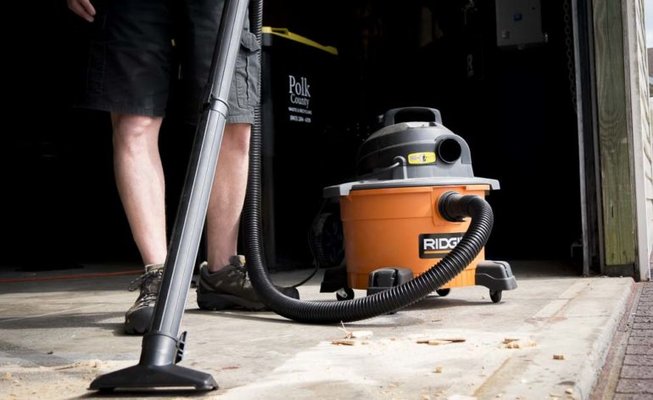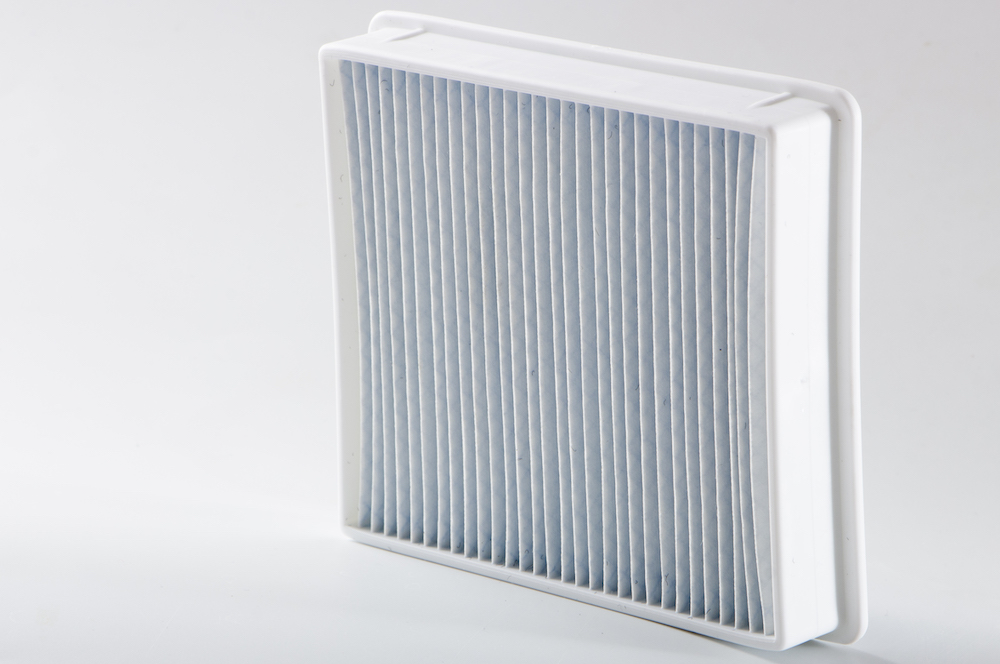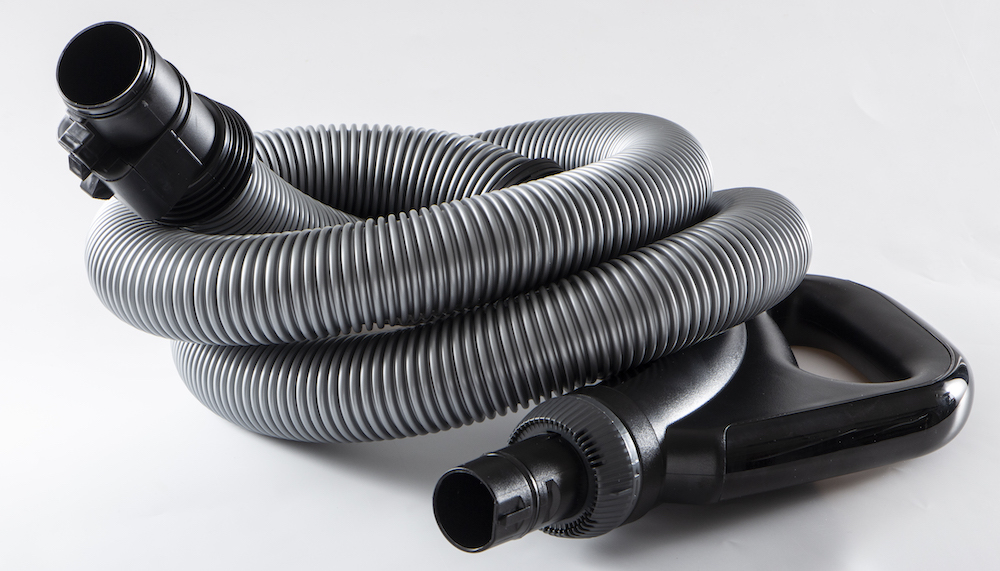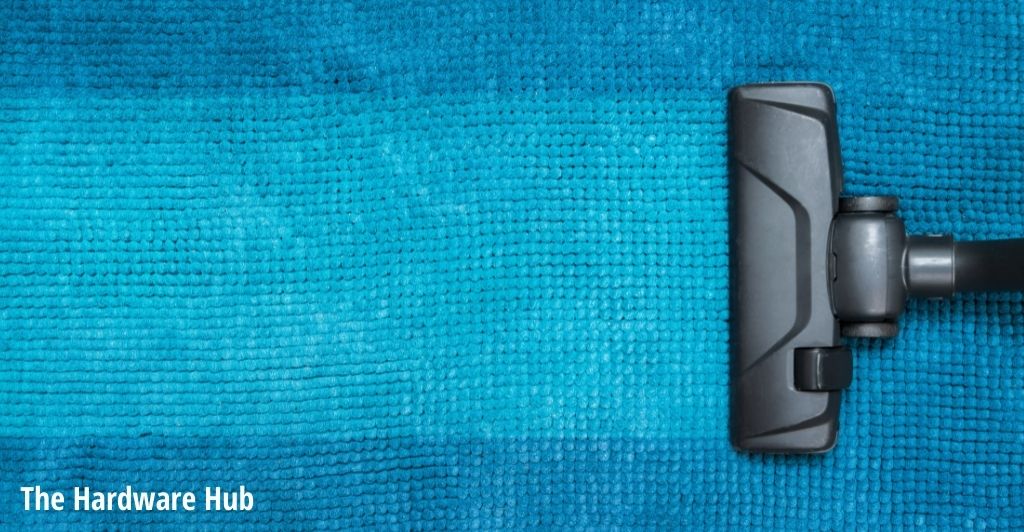Wet and dry vacuum cleaners are essential equipment for any household to clean up all the junk that gets accumulated whether it is dry or wet and large or small. They can pick up everything varying from your dog’s hair and dry trash to wet spills.
Because these vacs are majorly popular for industrial uses, a lot of people don’t yet know that they can be equally beneficial for household use if not more.
Hence, in this article, we will take you through a detailed instruction guide to adhere to if you wish to vacuum water with a wet and dry vacuum cleaner…
Choosing the Appropriate Kind of Wet and Dry Vac
Wet and dry vacuum cleaners come in a variety of capacities, ranging from 1 to 20 gallons. The majority of the cleaners fall anywhere between 4 and 10 gallons.

Tinier vacs will be easily filled with merely a little amount of water after vacuuming a tub or any other surface with liquid. Since you can’t see water, measuring the quantity of liquid is nearly impossible while vacuuming carpets. Carpets may carry up to one gallon of water per square foot absorbed into their padding or fibres.
To prevent constantly spilling out the vacuum canister while sucking up huge amounts of water, it is preferable to have a wet and dry vac with a larger capacity. However, it is worth mentioning that huge vacuum canisters may get too bulky and unmanageable.
How to Vacuum Water With a Wet and Dry Vacuum
Bring your wet and dry vacuum cleaner to the area where you wish to vacuum the water. Make sure that you keep your pets and small children away from the site before you begin to work. Follow the guide below as mentioned:
1. Take Out the Air Filter
To begin, remove the top of the vac and take its air filter out of it. A knob can be seen at the pipe’s bottom. Twist it in the way that it begins to loosen. Put this filter somewhere clean and dry.

For bigger spill amounts, taking out this filter is important since the filter may catch mildew if it is wet. You don’t have to discard this filter if you’re vacuuming a minor spill, such as that of some coffee.
Within the pipe, you’ll find a moving component that guarantees that the tank isn’t filling up beyond its limit. Water will pool within the tank when you begin vacuuming it.
As it will fill up to its maximum capacity, this moving part is going to clog the vac which will restrain it from sucking up any more liquid.
2. Clear the Vacuum
Next up, you will have to clear up the vacuum cleaner’s tank to ensure that there is enough room inside for the water as you will vacuum it. Many wet and dry vacuum cleaners provide two tanks individually for wet and dry waste whereas many others only have one.
If your vacuum has a bag, remember to take it out before you go on to vacuum water.
3. Vacuum Hose

Now, take the vacuum hose and attach it to your vac. Also, make sure to insert water-removal equipment with it. Usually, this attachment includes a squeegee that vacuums water on flat surfaces like carpets.
4. Pump (Optional)
You may also choose to use a pump. It will help to take the water out of the vac tank. You can either get any pump easily from the market or go for the one that is specifically designed for your vacuum cleaner model.
Affix this pump to the vacuum cleaner’s bottom and also connect your hose with it. You can keep the other side of the vac hose near your flower pots so that the water flows into them.
Another option is to keep it in the basin if you just wish to get rid of the water.
After you’re done cleaning, make sure to turn the button off. The liquid that got accumulated inside the tank will automatically be drained via the hose.
5. Vacuuming
It is time to switch on your vacuum cleaner and start with the cleaning process. A crooked sound by the vac will imply that the airflow has been interrupted on its own.

Many vacuum cleaners these days feature a moving part that clogs the airflow if the vac tank fills up to its top limit. As soon as you hear this noise, discontinue vacuuming and switch the machine off.
6. Clear up the Vac Tank
Make sure to unplug your vacuum cleaner before you begin to clear up the tank. The vac tank will certainly be a bit heavy based on the quantity of liquid you vacuumed. Try not to harm yourself while clearing it up.
7. Clean the Vac Tank
Use a mixture of soap and lukewarm water to rinse the vac tank after use. Thoroughly rinse the interior of the wet and dry vacuum cleaner and get rid of any dirt or stains that you find.
After washing it, dry it with a cotton cloth. If you still see water, simply conduct the process again. Remember to re-insert the filter inside your vacuum cleaner.
A Few More Tips
Make sure that you are not using the wet and dry vacuum cleaner if it makes a loud sound. If you continue to vacuum even after that, you may end up damaging the vacuum’s motor.
Don’t re-insert the filter if the tank is still wet. Otherwise, it may catch mildew which may harm your wet and dry vacuum cleaner.
Get a foam sheet to incorporate with your vac to prevent the wet waste from harming the vacuum cleaner’s motor.
Conclusion
That was all about using a wet and dry vacuum cleaner to vacuum water. As you would know by now, it is not entirely distinct from the regular vac. There are certainly a few considerations to keep in mind before you begin to use them. Just make sure that you have emptied it and took out its filter and you’re good to go!
Frequently Asked Questions (FAQs)
Can I use my wet and dry vacuum cleaner for cleaning the pond?
It is not very advisable to use your wet and dry vacuum cleaner to clean ponds. The main reason behind this is that these vacs get filled up too quickly and get jammed with sludge inside or near the ponds. You will be required to clear the vacuum cleaner after every few seconds which is not something that you will want.
Can I use my wet and dry vacuum cleaner without the filter?
Many wet and dry vacuum cleaners can function in the absence of a filter. If you wish to do the same, keep in mind that you can only clean up wet spills now. A wet and dry vacuum cleaner must only operate on 2 conditions i.e., with water in its tank or using the filter. If it lacks either one of these, likely, the machine isn’t going to last any longer.
Can I use my wet and dry vacuum cleaner without the bag?
As it is with the vacuum filter, it is advisable to use the bag if you also wish to pick up the dry waste. However, if water is your sole priority, you must take the bag off. If you try to use the vacuum to pick up dry waste without the bag, you’ll end up creating a hodgepodge inside the vacuum canister. It may also block your vacuum filter or leak out of the vac.
